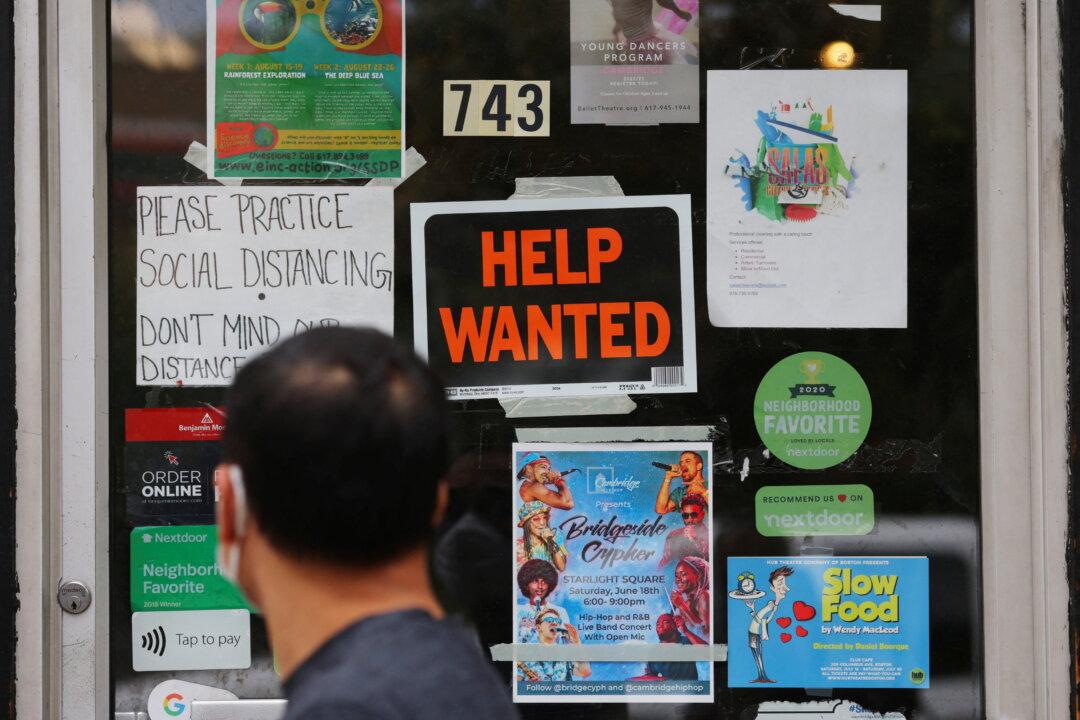The number of job openings in the United States—a measure of labor market tightness—came in far higher than analysts expected, fueling concerns that more inflation is on the way and that the Federal Reserve will have to double down on aggressive rate increases to quash price pressures.
Job openings came in at 10.5 million as of the last day of November, according to the latest Department of Labor monthly Job Openings and Labor Turnover Survey (JOLTS), marking a slight downtick from the prior month but a big upside surprise for markets, which expected to see 10 million vacancies.





